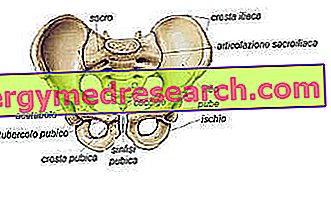Definition
Adenoiditis is an inflammation of the adenoids (cluster formations consisting of lymphoid tissue, located on the posterior wall of the nasopharynx). This inflammatory process is usually caused by bacterial or viral infections.
Adenoiditis occurs predominantly in children, often in association with acute tonsillitis or otitis media.
Most common symptoms and signs *
- Halitosis
- Anosmia
- Dysphagia
- Dyspnoea
- Pharyngitis
- Insomnia
- Hearing loss
- Swollen lymph nodes
- Sore throat
- Closed nose
- Otalgia
- Otorrhoea
- rhinorrhoea
- Snoring
- Nosebleeds
- Drowsiness
- Night terror
- Cough
- Nasal voice
Further indications
Acute adenoiditis is characterized by fever, swollen lymph nodes in the neck, nasal obstruction (breathing is predominantly oral) and respiratory disorders during sleep (snoring and sleep apnea). Symptoms also include hyponasal tone of voice, rhinorrhea with serous secretion (in viral forms) or mucus-purulent (in bacterial forms) and effusions from the middle ear with hearing loss.
Symptoms due to a viral infection usually recede spontaneously after 48 hours; bacterial adenoiditis, on the other hand, can persist up to a week. Adenoid infections can cause a number of complications, due to the extension of the inflammatory process to neighboring organs, including middle ear infections and sinusitis. Chronic adenoiditis can also cause chronic or recurrent nasopharyngitis, epistaxis, halitosis and cough.
Adenoiditis is diagnosed based on anamnesis and examination with flexible fiber optic rhinopharyngoscope, which directly highlights the inflammation process affecting the adenoids. A microbiological culture can help to identify the etiological agent. Occasionally, x-rays or other imaging methods can be performed to check the size of the adenoids.



